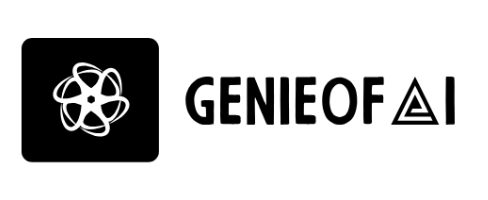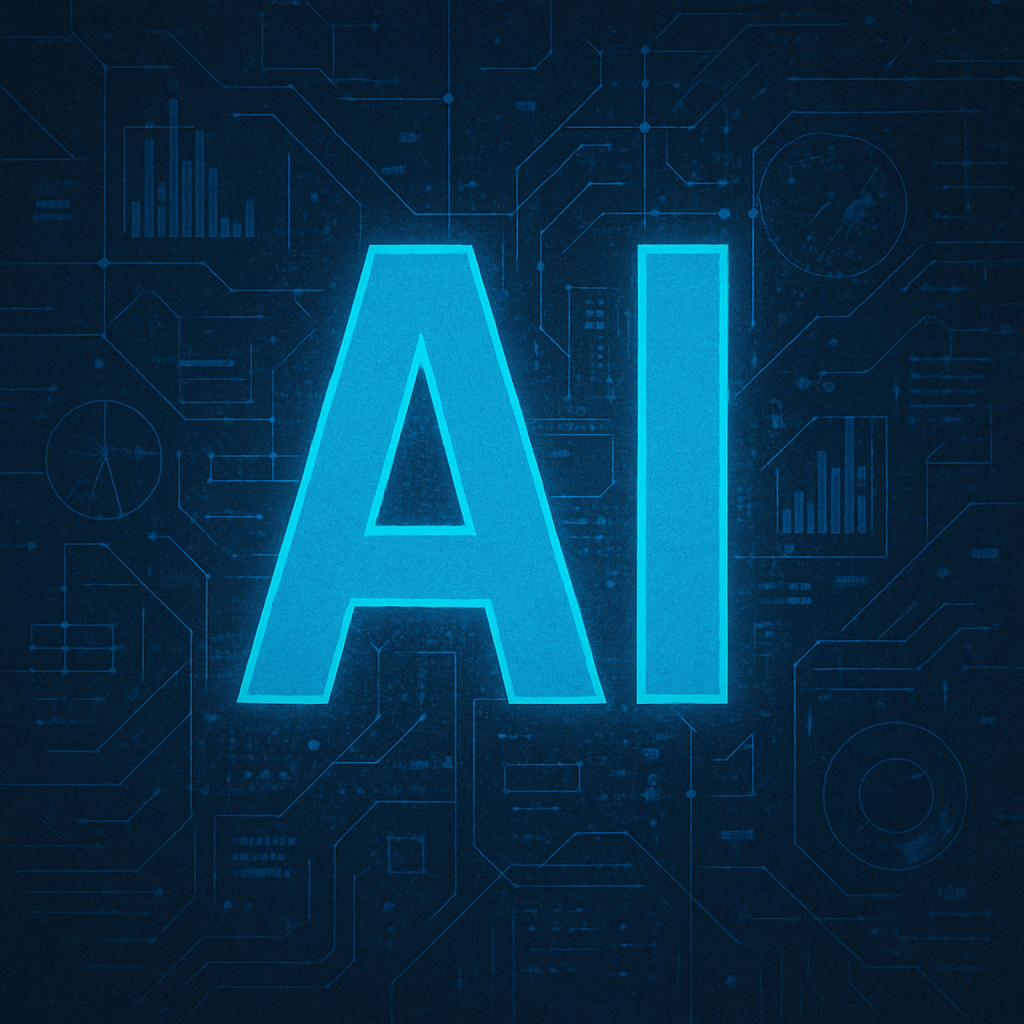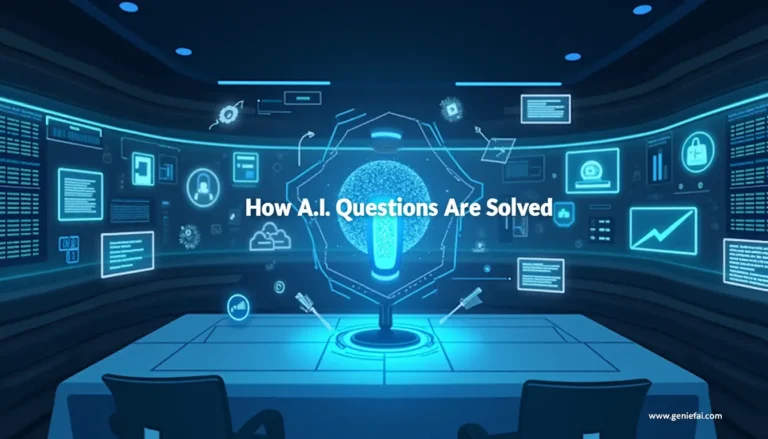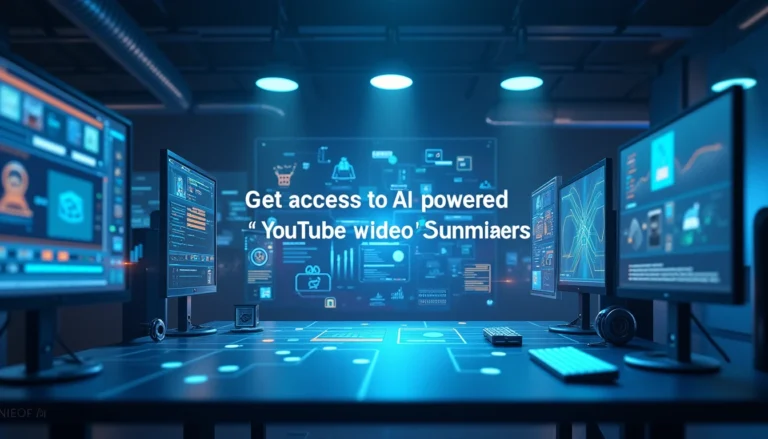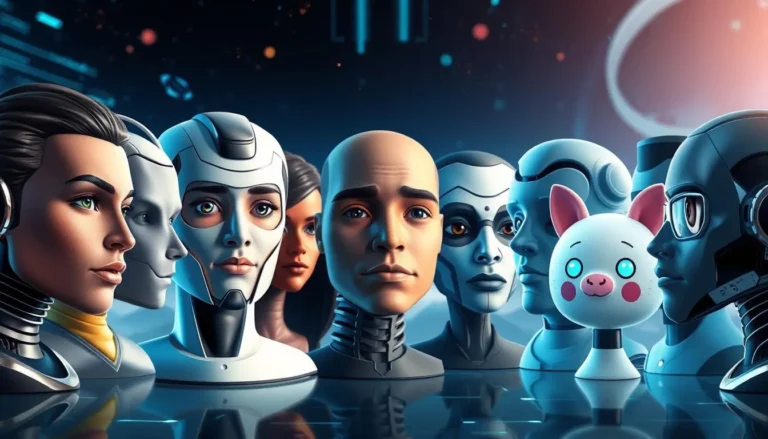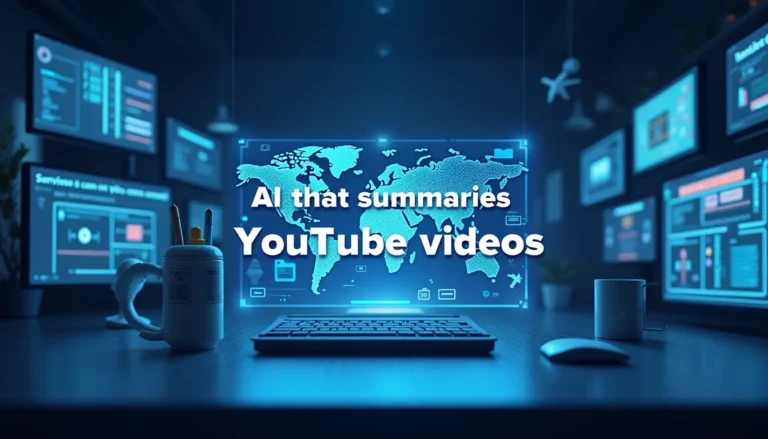AI Explained: What It Is, How It Works, and Why It Matters in 2025
Artificial Intelligence (AI) is no longer a futuristic fantasy — it’s a present-day powerhouse shaping industries, improving lives, and driving innovation. In 2025, AI is everywhere, powering everything from smart homes to medical breakthroughs.
Whether you’re new to the concept or just curious about how AI works, this guide will give you a clear, beginner-friendly overview of what AI is, how it functions, and why it matters more than ever.
🧠 What is AI? Understanding the Basics
Artificial Intelligence (AI) refers to the ability of machines to perform tasks that typically require human intelligence. This includes learning from data, recognizing patterns, understanding language, and making decisions — all with minimal human input.
🔍 Key Components of AI:
- Machine Learning (ML) – Algorithms that improve over time with data
- Neural Networks – Inspired by the human brain, used in deep learning
- Natural Language Processing (NLP) – Enables machines to understand and respond to human language
- Computer Vision – Allows machines to interpret visual information
- Predictive Analytics – Forecasts future trends based on data
⚙️ How AI Works: The Technology Behind the Intelligence
AI runs on a blend of data, algorithms, and computational power. Here’s a simple breakdown of how it operates:
- Data Collection – Gathering information from digital sources
- Pattern Recognition – Detecting trends, anomalies, or behaviors
- Decision-Making – Using learned insights to take action
- Continuous Learning – Improving performance with every interaction
Machine learning is the engine that powers AI, training systems to self-correct, adapt, and evolve over time.
🌍 Real-World Applications of AI
AI is not just a tech buzzword — it’s actively transforming industries across the globe.
🏥 Healthcare
- Analyzing X-rays and MRI scans
- Predicting disease outbreaks
- Personalized treatment plans
💼 Business & Finance
- AI-powered customer service bots
- Fraud detection in real-time
- Smart financial advisors
🎓 Education
- AI-driven personalized learning apps
- Automated grading systems
- Adaptive online tests
✅ Benefits and ⚠️ Risks of AI
Benefits of AI:
- Increased efficiency and productivity
- Enhanced decision-making
- 24/7 availability
- Solving complex challenges like climate modeling or healthcare access
Challenges to Consider:
- Job displacement in certain industries
- Privacy concerns with data handling
- Bias in algorithms if not trained properly
- Ethical dilemmas around AI decision-making
Understanding both the advantages and risks is key to responsible AI use.
🚀 The Future of AI: Trends to Watch in 2025 and Beyond
AI is becoming smarter, more intuitive, and more human-like. Here’s what the future looks like:
- Quantum AI – Faster problem-solving using quantum computing
- Emotional AI – Machines that can understand human emotions
- Smarter cybersecurity – AI-powered threat detection
- Green AI – Eco-friendly, energy-efficient algorithms
🔚 Conclusion: Embracing the AI Revolution
AI is no longer optional — it’s foundational. From startups to global enterprises, from students to professionals, understanding how AI works and what it can do is now a must-have skill in the digital age
